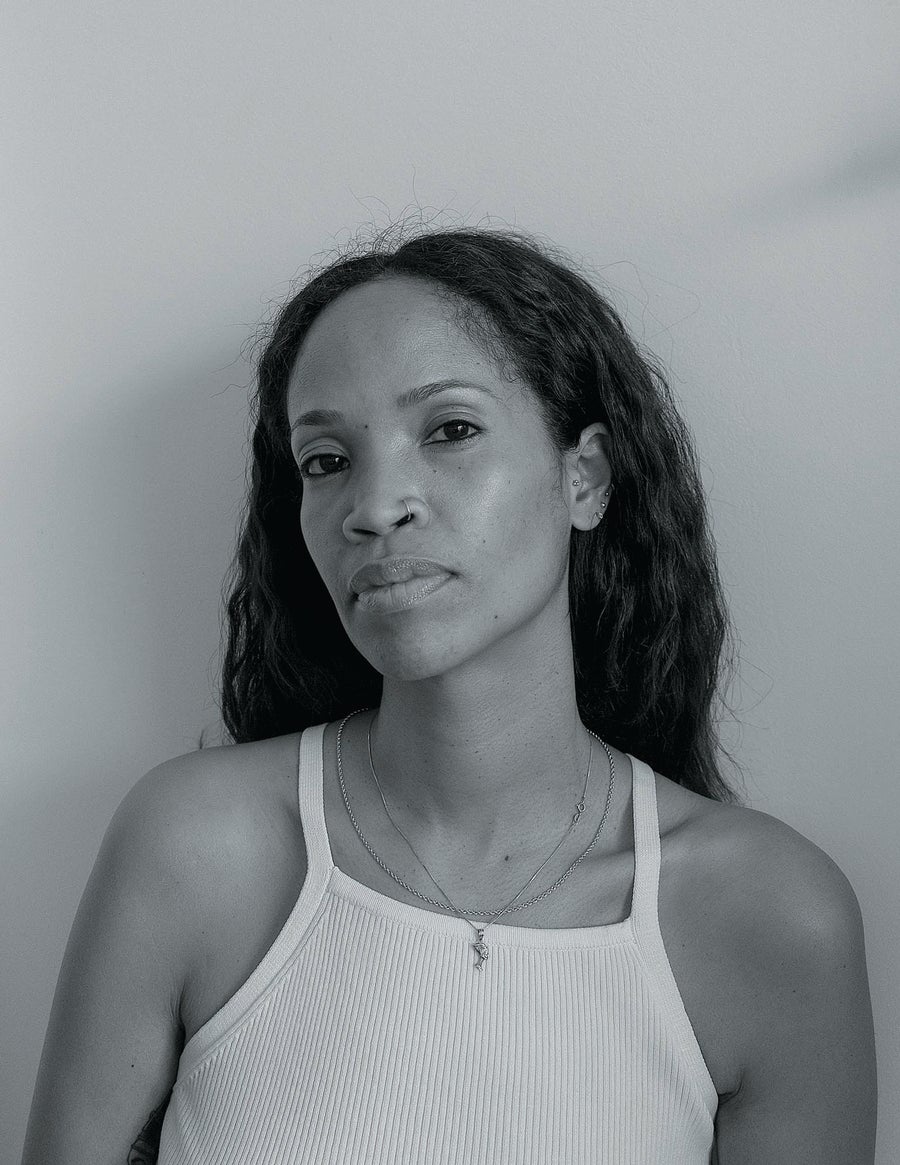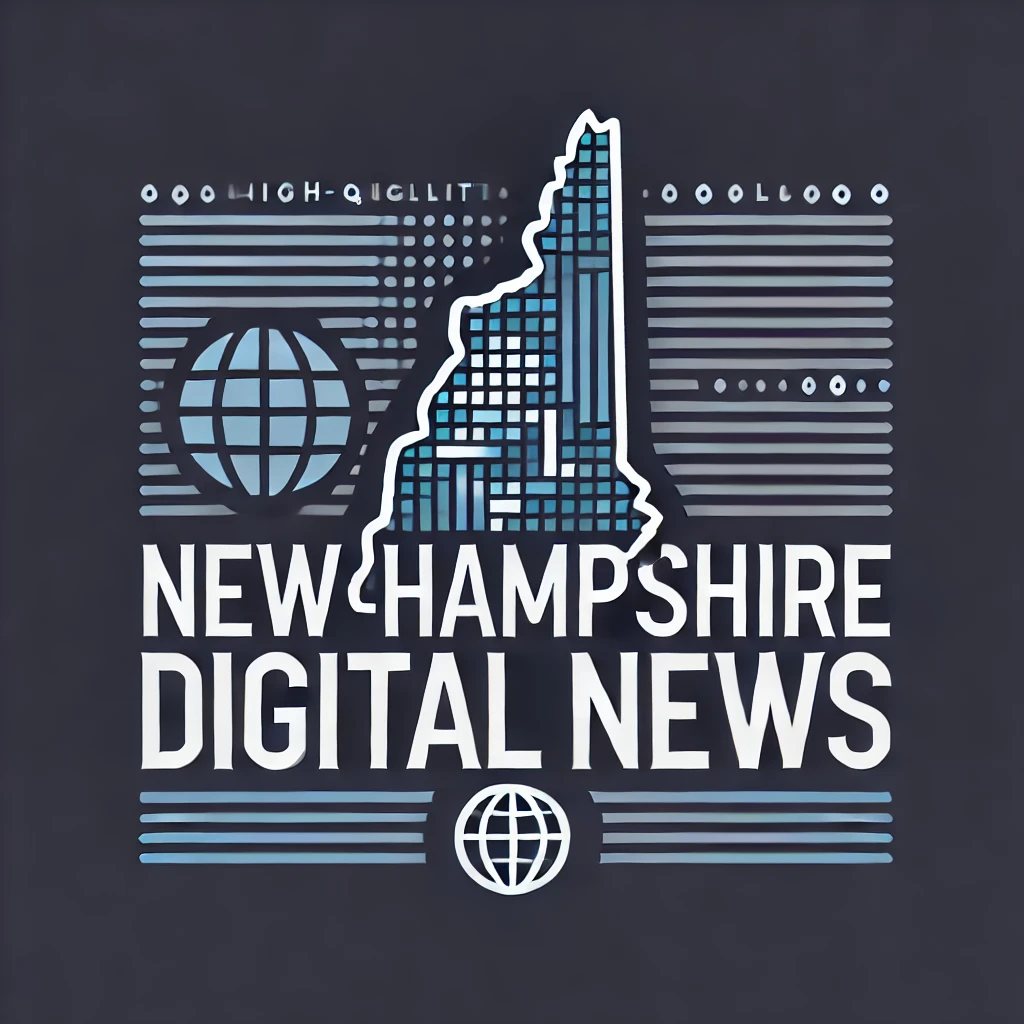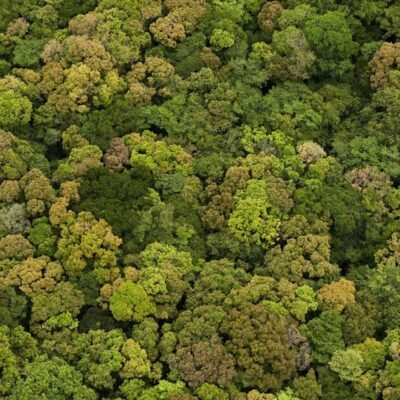Are you planning to watch the total solar eclipse on April 8? Its path travels from Mazatlán, Mexico, through Texas, the Midwest, New England and Newfoundland, and it will be the last total solar eclipse viewable across North America until 2044. Catch it if you can! (I’m going to a relative’s house in Ohio and am hoping for clear skies … but prepared for clouds.) Scientific American contributing editor Rebecca Boyle previews the spectacle and explains why scientists are thrilled with the opportunity it offers to study the sun. We’ve been learning a lot about our star thanks to two new solar space probes that have already started eyeing the sun. Look for extensive coverage of the eclipse on our website, including podcasts and videos. We’re very excited about it.
Cancer prevention, detection, diagnosis and treatment have made enormous progress in the past few decades. One of the most hopeful developments is a type of medicine called an antibody-drug conjugate, or ADC, that can deliver chemotherapy drugs to a tumor with minimal damage to healthy cells. The pieces are mix and match, like Lego bricks: a cancer-killing drug, an antibody that clings to tumor cells and a connector that releases the drug at the right time. Health and science journalist Jyoti Madhusoodanan shows how this therapy works, how it is being refined in clever ways and why researchers are glad to see positive results in so many clinical trials. We hope these techniques will give more cancer patients the best possible outcome: more time.
Nia Imara is an artist and astrophysicist (what a fun combination!) who studies the origins of stars. She shares her research using miniature physical models of molecular clouds to identify their filaments and knots of gas and the turbulent swirls that create stars and solar systems. It’s one of the loveliest uses of 3-D printing I’ve seen, and reading her article may make you want to hold the whole protoworld in your hands.
On supporting science journalism
If you’re enjoying this article, consider supporting our award-winning journalism by subscribing. By purchasing a subscription you are helping to ensure the future of impactful stories about the discoveries and ideas shaping our world today.
Artificial-intelligence programs “know” a lot but are stuck in a computer. Robots can move around, but they don’t do anything they aren’t explicitly instructed to do. If we put them together to make a sentient-seeming robot with the ability to operate in the physical world, what could possibly go wrong? Author David Berreby investigates the intriguing and daunting scenarios of robots equipped with large language models, which are still so new that we’re not sure what to expect from them yet.
The brain is surprisingly active while we’re asleep. New interventions designed to act on the sleeping brain could help treat people with post-traumatic stress disorder, memory loss or stroke. Most of the work is still experimental at this stage, but as science journalist Ingrid Wickelgren writes, some sleep-engineering gadgets are now available to treat debilitating nightmares.
Earth has its limits, and scientists are beginning to comprehend what those limits are and how to measure them. Sustainability expert and co-chair of the Earth Commission Joyeeta Gupta describes how she and her colleagues identify “safe and just” measures for Earth’s water cycle, atmosphere, climate, and more. The graphics by Angela Morelli and Tom Gabriel Johansen of InfoDesignLab depict where we stand with these boundaries so far.
Have you taken an over-the-counter cold medicine in the past two decades and noticed … nothing? It wasn’t your imagination. Oral phenylephrine, the active ingredient in decongestants sold in the U.S. since 2005, doesn’t work. It never worked. But it took a very long time to get the Food and Drug Administration (or at least one of its advisory committees) to acknowledge that these medicines are not “generally recognized as safe and effective.” Pharmacy professor Randy C. Hatton explains how he and his colleagues established their lack of efficacy and why other drugs on the market might also be ineffective, except as placebos. Gesundheit!
Contributors to Scientific American’s March 2024 Issue
Writers, artists, photographers and researchers share the stories behind the stories

Stephanie Mei-Ling
Touching the Stars
In high school, Stephanie Mei-Ling (above) found herself drawn to the darkroom. She had always loved drawing and creative writing, but it was a photography elective that truly captured her artistic passion. Since then, “photography has never left my spirit,” she says. “There’s a feeling that you get from seeing a person and their smile or their eyes … that short connection, it fills me up.” For this issue, Mei-Ling, based in Brooklyn, traveled to a studio in Oakland, Calif., to photograph Nia Imara—an astrophysicist and artist and the author of this month’s feature about star formation. Editorial shoots like this one are all about building trust with her subjects to help them shine. A good music playlist helps, too, she says; some of her go-to genres include soul and R&B.
Mei-Ling’s photographic style is driven by curiosity. She’s often drawn to subcultures and communities that are left out of mainstream media. For the past 10 summers she has been photographing people at New York City’s LGBTQ+ beach at Jacob Riis Park. Another ongoing project centers on Black maternal health, featuring uplifting portraits of pregnant Black women and doulas. There’s power, Mei-Ling says, in “presenting this imagery, these people, as they are” and showing not just suffering but also joy.
Phil Plait
The Universe
In the 1990s astronomer Phil Plait started a website called Bad Astronomy to debunk science myths—such as the idea that you can balance an egg on one end during the spring equinox. (Not too many people believe this legend anymore, he says, and “I take full credit for that.”) These debunkings launched his career as a science communicator, and today he writes regularly for Scientific American, including a monthly astronomy column called The Universe. This month Plait explains why the Extremely Large Telescope, currently under construction in Chile, will probably be the last giant telescope to get built—at least for the foreseeable future. “We can build bigger than this,” he says. “But you need a kind of utopian society.”
Plait’s favorite subjects to write about involve the “cool stuff” of space and our atmosphere, from meteor showers to the Northern Lights. His own telescope (a Celestron eight-inch reflector) is still packed after a recent move to Virginia, but his new home in the woods has dark skies that are perfect for stargazing. Plait is hoping to travel to see the total solar eclipse next month because events like it are “profoundly emotional and affective” spectacles, he says. “It’s just staggeringly beautiful.”
Rebecca Boyle
The Great Eclipse
Heliophysicists have had a thrilling year. “They’re all just gleeful,” says Scientific American contributor Rebecca Boyle, a journalist based in Colorado who has been covering physics for 16 years. “It’s not every day you talk to a scientist who is that excited.” Her feature story in this issue tells us why: a recent inundation of data has brought scientists closer than ever to understanding exactly how our sun works. It’s a task that has proved surprisingly challenging. You might assume that our proximity to the star would be a boon, but it actually causes some confusion. “Because it’s so close [to us], it’s really hard to look at the whole thing,” Boyle explains.
Boyle, who studied history in college, has always been fascinated by how we “make sense of our world” through stories. Her new book, Our Moon (Random House, 2024), explores how the moon has shaped human history, including evolution and culture. Although she loves writing about far-flung exoplanets and black holes, Boyle thinks that our own planet and our nearest celestial neighbors are just as worthy of awe: “Earth and the moon and the sun are so much more interesting and complex than we give them credit for.”
Katie Peek
Graphic Science
In her teen years Katie Peek did astronomical experiments by tracking the angle of the sun in her backyard in Buffalo, N.Y. She now lives in Baltimore, Md., but plans to travel to her hometown to experience the upcoming total solar eclipse. As a science journalist and data-visualization designer with a Ph.D. in astrophysics, she approached this month’s Graphic Science with the goal of empowering other people to experience the event as well. Peek considers the 2017 total eclipse—which she traveled to Wyoming to view—as one of the most memorable moments of her life. “We saw the shadow of the moon racing toward us across the plains,” she recalls. “I felt my animal body being affected by the changing light around me. It’s incredible.”
That the sun and moon appear to be the same size from Earth is a pure cosmic coincidence—and one that won’t last forever, because the moon is very slowly pulling away from us. “It just feels like a totally magical thing that doesn’t have to exist,” Peek says.





